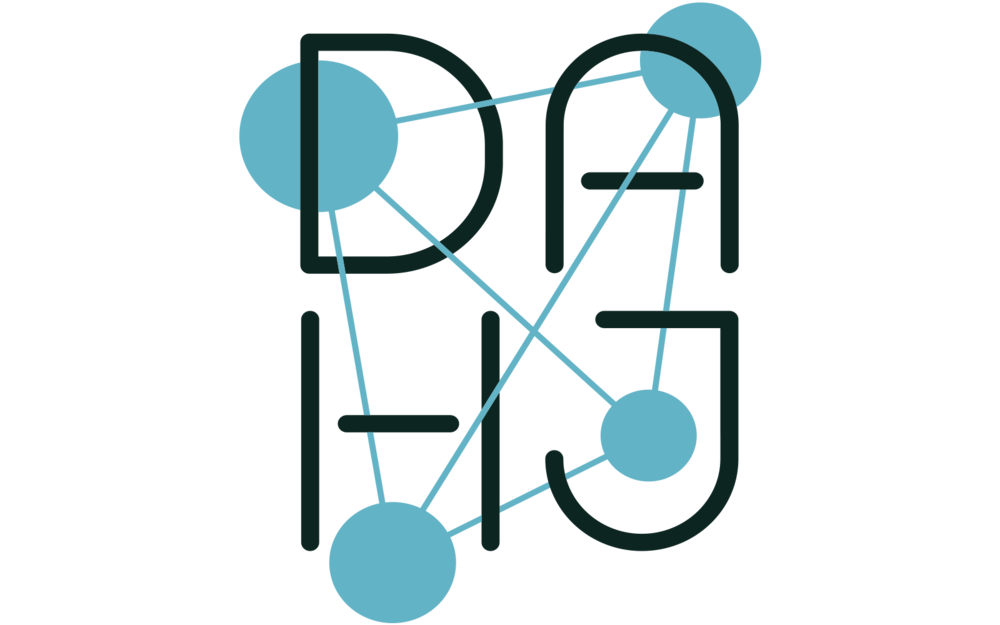#AHinQuarantine
Art History in Quarantine:
Digital Transformations, Digital Futures
Language:
English
In the age of shelter-in-place, digital literacy is no longer optional. In just a few weeks, we have seen an unprecedented infrastructural shift to video conferencing, online pedagogy, and project management software. What presents itself as a challenge to everyday art history is also digital art history’s greatest opportunity—for experimentation, learning, and moving forward, together. With this in mind, we hope to pose a number of pressing questions to our global community: What does a civilization in “social distancing” mean for art history, museums, teaching, and infrastructure? What are the challenges right now? What are the opportunities today? What proven tools are available? What can we expect from the future? Physical separation need not warrant intellectual isolation. Be part of the global exchange.
The conference was held April 10, 2020. With an international audience of about 300 people from over 30 countries it has been a huge success with enormous reverberations on social media. You can read reports about the event here and here. Due to popular demand, videos of all presentations are now available.
Keynote speaker: Paul B. Jaskot
Moderator: Harald Klinke
Harald Klinke (Germany): Introduction
Paul B. Jaskot (USA): Keynote Digital Art History in a Time of Barbarism: The Iconography of COVID-19
Q&A
Section 1: Distant teaching in Art History
As students and teachers stay at home, pedagogy becomes increasingly virtual. What are best practices? How does the content need to change, if at all? What are the limits of teaching art history online? How do we proceed after quarantine?
Kristina Kleutghen (USA): Teaching "Introduction to Asian Art" with OERs
Leonardo Impett (Italy): Imagegraph: a Visual Programming Language for Digital Art History
Peter Bell, Jacqueline Klusik-Eckert (Germany): Building a Support Group for Digital Teaching
Section 2: Closed culture: The museum at home
Connoisseurship traditionally privileges in-person examination. As museums close, how do they reach their audience? How do we engage museum collections within the confines of domestic space? What new opportunities does the current situation afford?
Maria Ordonez (Ecuador): My room is a museum: Digital resources for children in quarantine
Jasper Visser (Netherlands): The museum is closed, yet never more open
Section 3: XR for culture
What relevant phenomenologies might be proposed by VR/AR/MR technologies? What are usable formats and meaningful applications for art history? What technical obstacles need to be addressed in the short term?
Justin Underhill (USA): Embodying an Epidemic (again)
Neal Stimler, Thomas Flynn, Michael Weinberg (USA): 3D Models and Open Access for Cultural Institutions
Section 4: Artistic interventions
How can contemporary artistic practice engage or transform digital distance? How can critical making allow us to reflect upon states (both personal and political) of quarantine?
Ioana Marinescu (Romania): The Studio Challenge - Mastering alone time
Sofia Lurati (Switzerland), Ana Redondo Plaza (Spain), Rogerio Victor Satil Neves (Brazil), and Lola Wegman (US): Online Global Art Project: connecting artists in times of quarantine
Final discussion
Please note that one of DAHJ’s issue focuses on “Transition of Institutions” with a stream of articles being published. There are also following calls for Issue #5 (Histories of Digital Art) and Issue #6 (Horizons of Mixed Reality)



